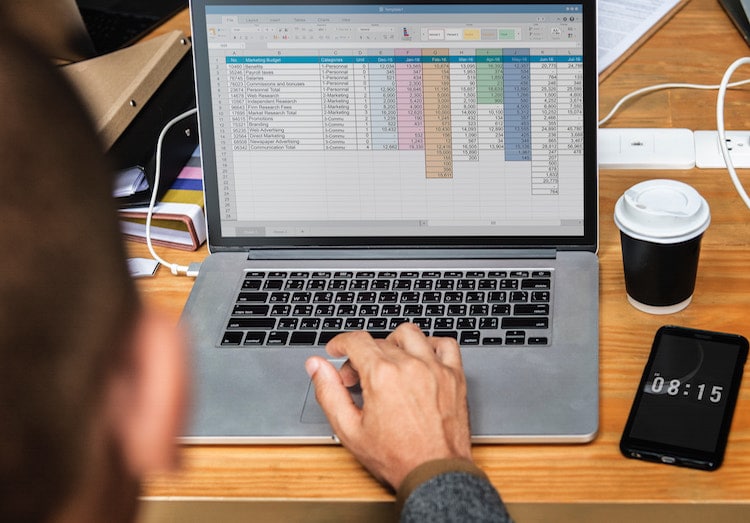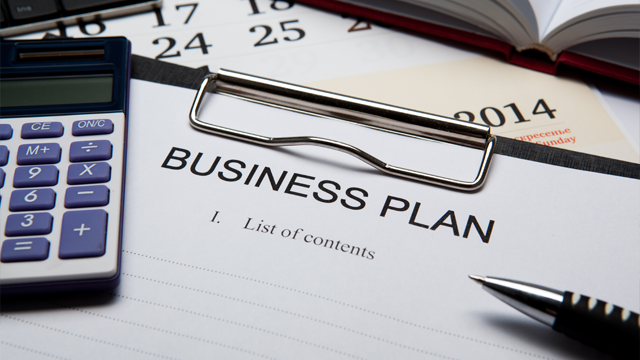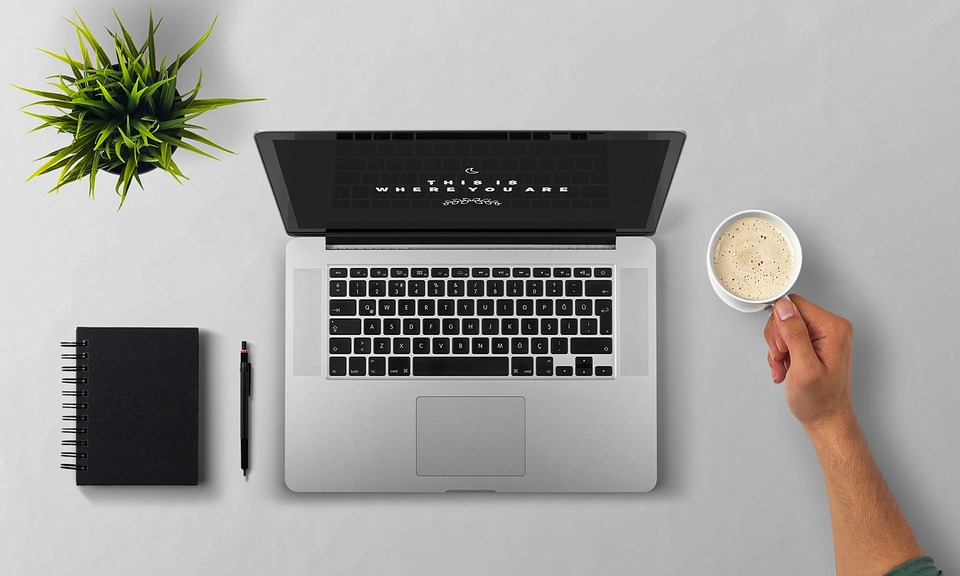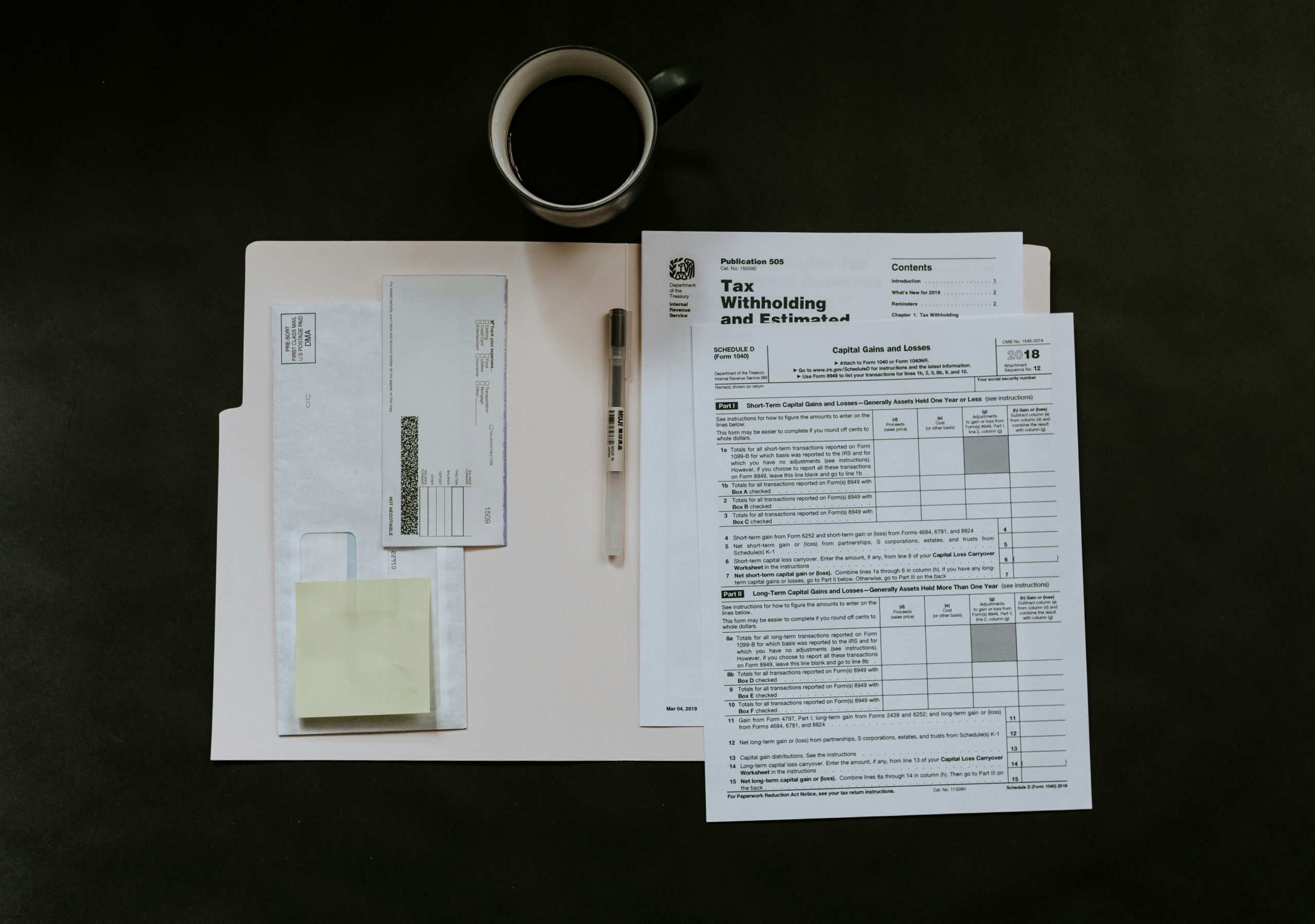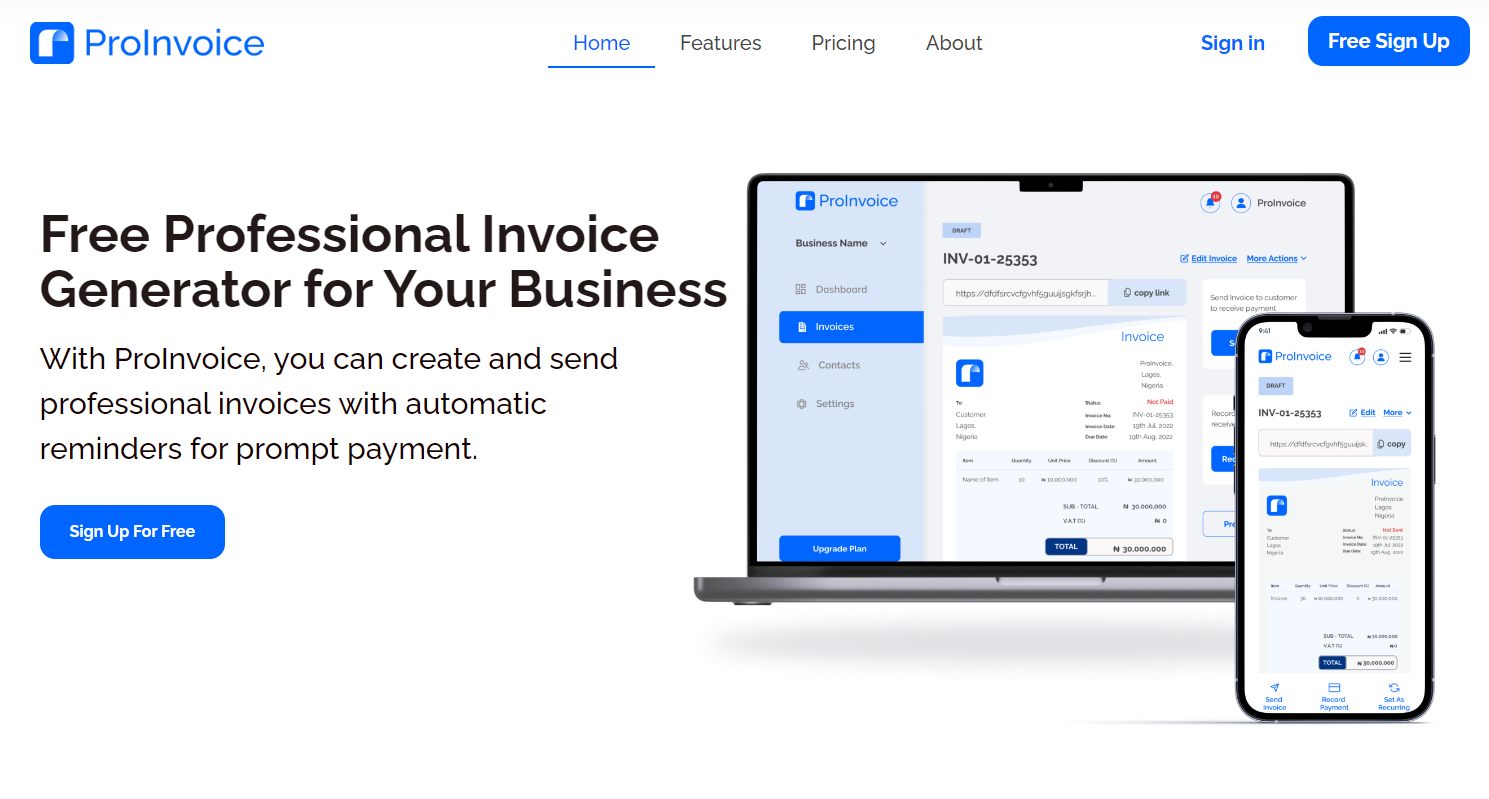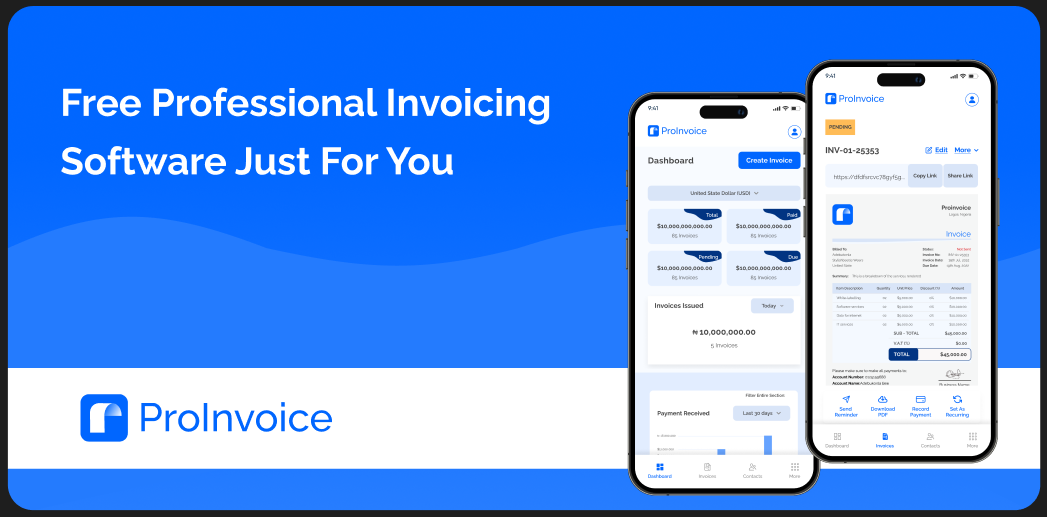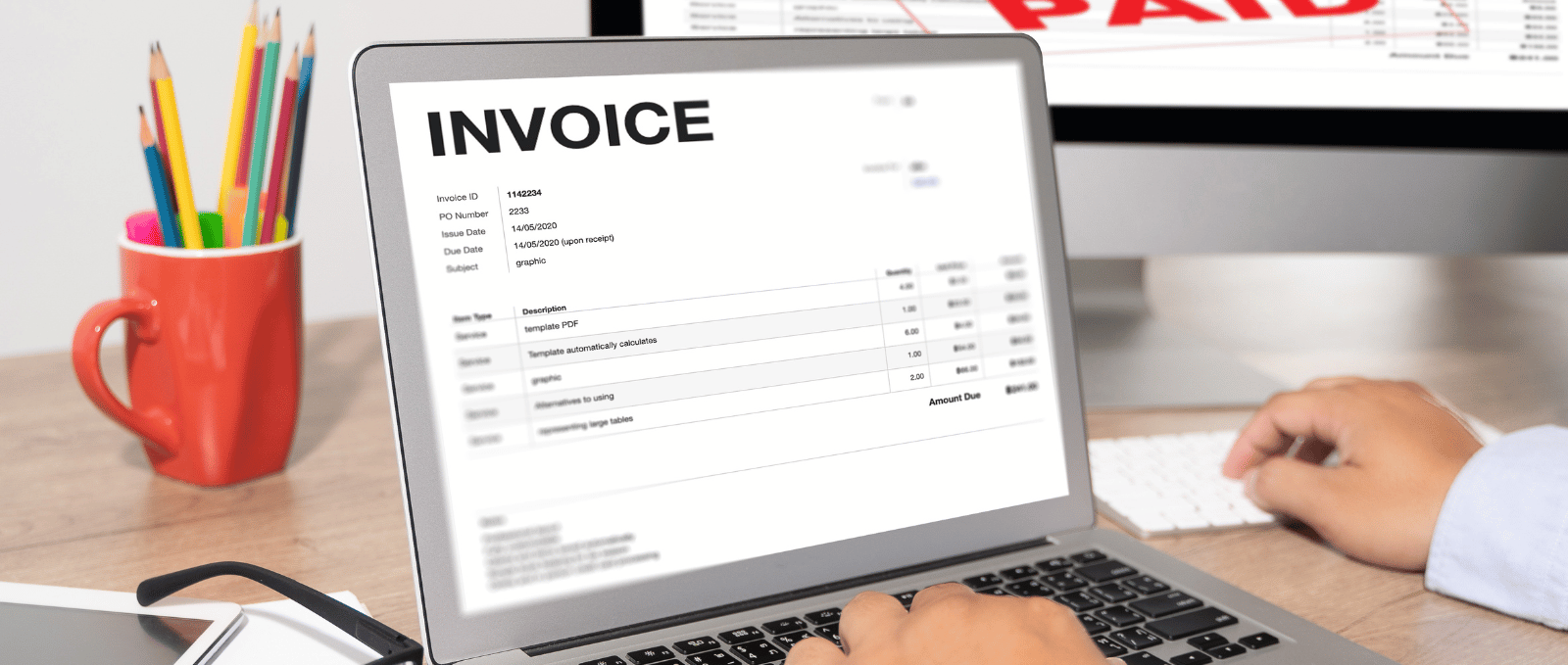Many business owners find invoicing or invoice without VAT to be a bit confusing, given the complexities involved with handling Value Added Tax (VAT) in this particular scenario.
As a result of the often complex techniques surrounding invoicing, many business owners get a little confused when it comes to invoicing around special circumstances like Value added tax (VAT) for instance.
Value Added Tax or VAT simply explained is a type of consumption tax that is applied to the value added at each stage of production or distribution of goods and services.
If after this apt definition of VAT, you are still confused about what VAT really is, you are probably not alone; thousands of business owners across the globe struggle to properly articulate what VAT entails, so that doesn’t in any way take away from you as an Entrepreneur.
The History of VAT
The concept of VAT was first introduced by the French economist Maurice Lauré in the 1950s ( why in God’s name would he do such a thing), as a way of simplifying and streamlining the tax system in France.
Four years later, the French government jumped on the discovery and implemented a VAT system in 1954, and as expected with any money making venture, other European countries soon followed suit, somewhere around the 1960s and 1970s.
By the 1980s, VAT had become a big deal, having crept into the economic system of many nations, and was now a common type of tax in many countries around the world.
What that meant was that anytime you did a business transaction that involved production and distribution of goods and services, you had to make accommodation for VAT, or you would find yourself at the wrong side of the law.
The behemoth Institution called the European Union (EU), soon became a VAT advocate, playing a key role in promoting the adoption of VAT all across Europe.
Today, VAT is one of the most important sources of government revenue in many countries. It is applied at various rates depending on the type of goods or services being sold, and the country in which they are being sold.
As with any money making construct, VAT has been severely criticized for its complexity and administrative burden, but is generally considered to be a more efficient and equitable form of taxation than other consumption tax forms, like sales tax or excise tax.
VAT as a tax form, thanks to our favourite French economist, Maurice Lauré is surprisingly more difficult to evade than other tax forms, since it is applied at each stage of production or distribution.
Now to the big question; can I invoice without VAT? Whether or not you can invoice without VAT depends on a number of factors; let’s take a look at some of them.
How and when you can invoice without VAT
1. YOUR LOCATION
Is your location a VAT exempt haven or are you compelled by law to pay VAT where your business is located?
Believe it or not a few countries don’t apply the VAT system but have some other alternative to the consumption tax as we know it.
Some of those locations include Bahrain, Bermuda, Cayman Islands, Guernsey, Isle of Man, Jersey, Oman and Saudi Arabia. Too bad if your present location is not on the list. Makes you want to relocate, right?
2. SPECIAL CIRCUMSTANCES
The specific circumstances of your business can affect whether you invoice without VAT or not.
In general, if your business is not registered for Value Added Tax (VAT) or is exempt from charging VAT, you may be able to invoice without VAT.
If your business on the other hand is registered for VAT, you will be required to charge VAT on your sales unless the sale is specifically exempted or zero-rated.
In such cases, you may issue an invoice without VAT. Do I hear you asking whether there are specific situations where you may be able to issue an invoice without VAT? Good news, yes there are. Here they are in no particular order.
- MICRO BUSINESSES: If you operate a small business that falls below the VAT registration threshold in your country, (if that sounds vague to you, you better ask a tax professional), you may not be required to register for VAT or charge VAT on your sales. So, in such a case, you are free to issue invoices without VAT. Hurray!
- SPECIAL TYPE BUSINESSES: If your business is engaged in what is called, exempt activities, then you have grounds to circumvent invoicing in those activities. Activities like education, healthcare, or finance are regarded as exempt activities,and depending on where you reside, you may not be required to charge VAT on your sales. In special cases like this, you can go ahead and issue invoices without VAT. Sounds like you won the lottery, right?
- ZERO-RATED BUSINESSES:If your business by any chance makes what is regarded as zero-rated supplies, such as exports or certain types of food and medical products, then you may not be required by law ( don’t forget that it varies with different countries) to charge VAT on those particular sales. In this case, you can issue invoices without VAT.
- FOREIGN BASED MERCHANTS: Does your business compel you to sell to only customers outside of your country and are those sales considered exports? If you answered yes to both questions, then you may be able to zero-rate the sales for VAT purposes and yes you guessed right, issue invoices without VAT!
At this point, I need to warn you that it is important to note that the rules surrounding VAT are complex and vary by country, so it’s always best to acquire the services of a tax professional, to help determine the specific circumstances under which you can issue invoices without VAT. Better safe than sorry.
How do I invoice without VAT?
If somehow by some miracle you are eligible to issue invoices without VAT, congratulations are in order; because you are a part of a small select group that have successfully navigated the system by your unique business circumstance.
Creating an invoice without inputting VAT can be done by the following two major methods.
- USING A TEMPLATE: Templates are one way to go. Invoice generators like ProInvoice offer some of the best invoice templates that you can use to create invoices quickly. It involves creating a special invoice template without VAT. Don’t forget that your invoice should clearly indicate that no VAT has been charged. This can be done by including a statement like “This invoice is issued without VAT” or “VAT not applicable” on the invoice. Don’t forget to include all the required information on the invoice as per usual. This includes your business name, address, and tax identification number (if applicable), as well as the name and address of the customer,and a description of the goods or services provided, the date of the invoice, and the total amount due.
- USING AN INVOICING SOFTWARE: Option two, as you might have guessed is way easier. It requires the use of an invoicing platform like Proinvoice with a wide range of invoicing options and special features that unsurprisingly includes invoicing with or without VAT. All you need to do is select what your preference is and you can simply invoice like a pro.
So yes, it is possible to issue an invoice without Value Added Tax (VAT) under certain circumstances.
VAT is a consumption tax levied on goods and services in many countries, and its applicability depends on various factors, such as the nature of the transaction, the jurisdiction, and the parties involved.
In some cases, certain goods or services may be exempt from VAT, or the transaction itself may fall under a VAT exemption category.
Additionally, businesses that are not registered for VAT or fall below the VAT registration threshold may also issue invoices without VAT.
However, it is important to comply with the applicable tax laws and regulations in your jurisdiction to ensure accurate and lawful invoicing practices.
Therefore, it is recommended to consult with a tax professional or relevant authorities to determine the specific requirements and conditions for issuing invoices without VAT in your particular situation.

